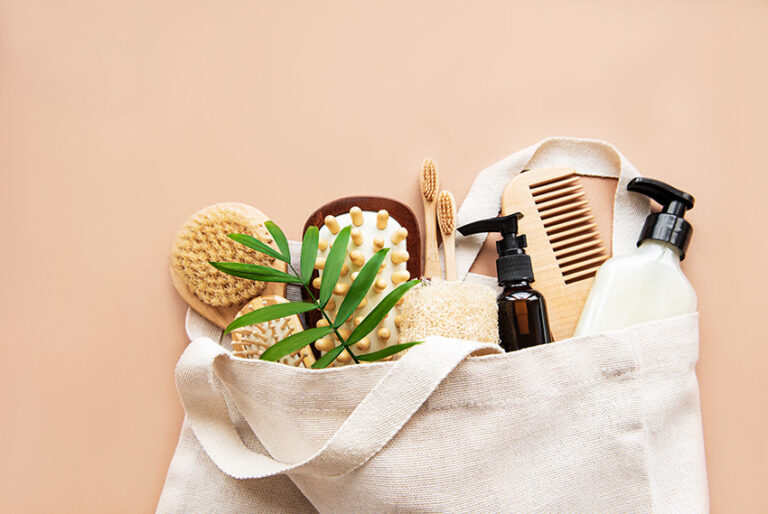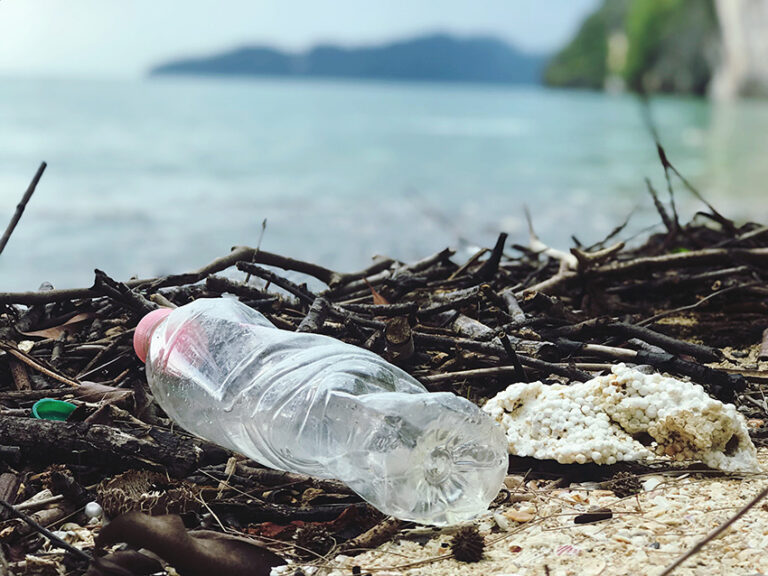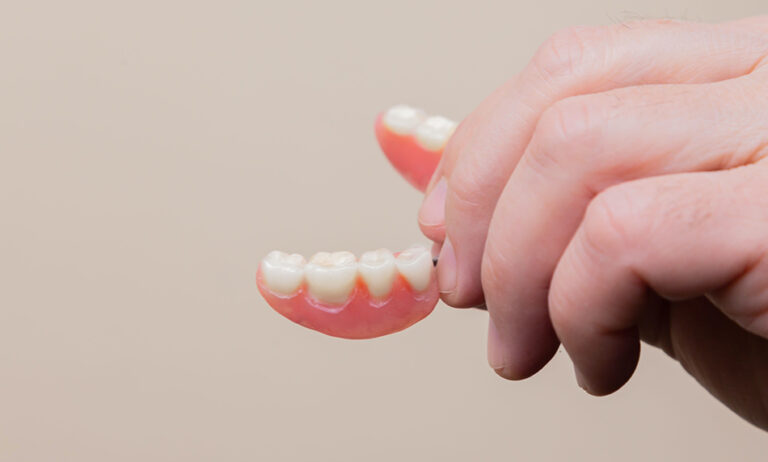You probably don’t spend much time thinking about what’s going on inside your mouth – unless, of course, you’re enjoying a fantastic flavor explosion while eating your favorite meal. However, there are a few relatively common conditions that can have a negative effect on your oral and physical health. Here, you will learn more about a condition called thrush, including what it is, what causes it, and how to treat and prevent it.
What is Thrush?
Thrush is a fungal mouth infection caused by an organism called Candida that is otherwise known as yeast. Candida overgrowth can occur anywhere in or on your body, including inside your mouth. Believe it or not, thrush is incredibly common among toddlers and children, but it can affect adults and the elderly, as well. The Candida fungus is always present and it is part of a healthy bodily ecosystem, but under certain conditions – such as when you take antibiotics, if you have diabetes, if you are pregnant, if your immune system is weak, and many others – it can multiply rapidly and cause an infection.
How Do I Know if I Have Thrush?
If you suspect you might have thrush, check for the following symptoms:
- White lesions. Thrush may cause lesions on your gums, cheeks, roof of your mouth, and/or tonsils with a creamy white appearance.
- Raised lesions. The condition might also cause raised lesions that look a bit like cottage cheese inside your mouth.
- Redness and pain. In more severe cases, thrush can become inflamed and appear red, and it may even cause enough pain to make it difficult for you to eat or swallow.
- Slight bleeding. Sometimes these lesions may bleed if they are scraped or otherwise rubbed.
- Cracking and redness. The corners of your mouth may crack and become red, and this can also be quite painful.
- Dry, cottony mouth. Your mouth may feel like it is filled with cotton or, in some cases, even sandpaper.
- Inability to taste. Many people who experience thrush say it is difficult for them to taste their food.
How to Prevent and Treat Thrush
Thrush can range from a very mild nuisance to a very painful condition, and if you notice any lesions inside your mouth (or anyone in your family), you should see a doctor right away. The most common treatment is a course of antifungal medication which is typically taken for 14 days or until it is gone. Fortunately, there are things you can do to prevent thrush, and of these, the most important involves practicing good oral hygiene. Brush your teeth at least twice a day – especially after meals – and use floss once every day to remove any stuck food particles that can provide a place for Candida fungus to thrive.
Unfortunately, using a fancy toothbrush with a built-in tongue scraper won’t do much to help you get rid of thrush, and in most cases, it will probably even make it worse. Practice good oral hygiene and see your dentist regularly if you want to avoid thrush and the myriad symptoms it can cause.





